-
 bitcoin
bitcoin $121833.232455 USD
-0.63% -
 ethereum
ethereum $4394.437030 USD
-2.00% -
 tether
tether $1.000570 USD
0.04% -
 bnb
bnb $1255.553465 USD
-3.73% -
 xrp
xrp $2.814944 USD
-1.59% -
 solana
solana $221.835346 USD
-2.40% -
 usd-coin
usd-coin $0.999869 USD
0.01% -
 dogecoin
dogecoin $0.249495 USD
-1.32% -
 tron
tron $0.336905 USD
-1.24% -
 cardano
cardano $0.816464 USD
-1.69% -
 chainlink
chainlink $22.130946 USD
-1.27% -
 hyperliquid
hyperliquid $44.208522 USD
-3.46% -
 ethena-usde
ethena-usde $1.000521 USD
0.02% -
 sui
sui $3.422897 USD
-2.51% -
 stellar
stellar $0.380164 USD
-1.31%
What is the MACD histogram?
The MACD histogram helps traders spot momentum shifts and potential reversals in crypto markets by visualizing the gap between the MACD and signal lines.
Aug 06, 2025 at 04:21 pm
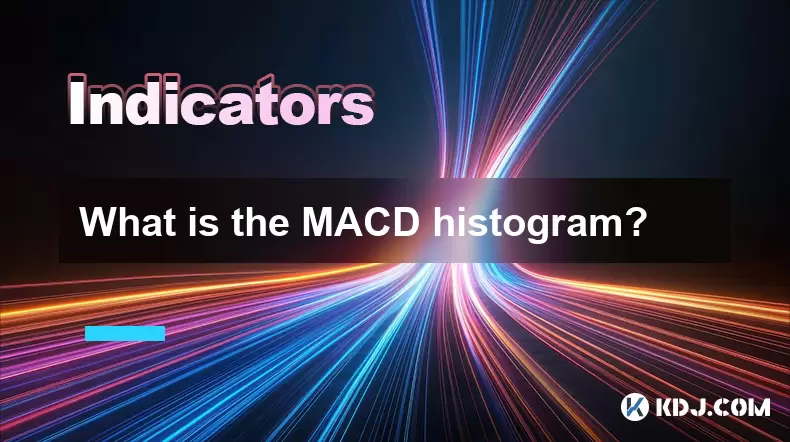
Understanding the MACD Histogram in Cryptocurrency Trading
The MACD histogram is a visual representation of the difference between the MACD line and the signal line within the Moving Average Convergence Divergence (MACD) indicator. This tool is widely used by cryptocurrency traders to assess momentum and potential trend reversals. The histogram appears as a series of vertical bars on a chart, where each bar's height reflects the strength of the momentum. When the MACD line is above the signal line, the histogram bars appear above the zero line and are typically colored green. Conversely, when the MACD line is below the signal line, the bars fall below the zero line and are often colored red.
The core calculation involves three components: the 12-period Exponential Moving Average (EMA), the 26-period EMA, and a 9-period EMA of the MACD line itself. The MACD line is derived by subtracting the 26-period EMA from the 12-period EMA. The signal line is the 9-period EMA of the MACD line. The histogram value at any point is calculated as MACD line minus signal line. This difference is what forms the bars on the histogram.
Interpreting Histogram Bar Direction and Length
The direction and length of the histogram bars provide critical insights into market momentum. A growing positive histogram—bars increasing in height above the zero line—indicates strengthening bullish momentum. This suggests that the short-term average is rising faster than the long-term average, often signaling a good time to consider entering long positions in assets like Bitcoin or Ethereum.
Conversely, a negative histogram with bars extending further below the zero line shows increasing bearish momentum. This occurs when the 12-period EMA falls further below the 26-period EMA, indicating downward price pressure. Traders often interpret this as a potential signal to exit long positions or consider shorting altcoins.
A shrinking histogram, whether positive or negative, suggests weakening momentum. For example, if the bars are above zero but getting shorter, bullish momentum is fading, which might precede a trend reversal. This subtle shift can be especially useful in volatile crypto markets where rapid price swings are common.
Using the MACD Histogram for Divergence Detection
One of the most powerful applications of the MACD histogram is identifying divergences between price action and momentum. A bullish divergence occurs when the price makes a lower low, but the histogram forms a higher low. This indicates that although the price is declining, downward momentum is weakening, potentially signaling a reversal upward.
A bearish divergence happens when the price reaches a higher high, but the histogram shows a lower high. This suggests that upward momentum is decreasing despite rising prices, which could foreshadow a downward correction. In cryptocurrency trading, where sentiment can shift rapidly due to news or macroeconomic factors, spotting these divergences early can offer a strategic advantage.
To detect divergence:
- Align price chart lows and highs with corresponding histogram lows and highs.
- Use horizontal trendlines on the histogram to confirm the divergence pattern.
- Wait for confirmation, such as a histogram crossover above or below zero, before acting.
Setting Up the MACD Histogram on Trading Platforms
Most cryptocurrency trading platforms, including TradingView, Binance, and Coinbase Advanced Trade, support the MACD histogram. To enable it:
- Open the chart for your desired cryptocurrency pair, such as BTC/USDT.
- Click on the “Indicators” button or search bar.
- Type “MACD” and select the standard MACD indicator.
- Ensure the histogram component is enabled in the settings; some platforms allow toggling the histogram visibility.
- Adjust the default parameters (12, 26, 9) if needed for shorter-term or longer-term analysis.
On TradingView, you can customize the histogram’s color and style:
- Right-click the MACD indicator and choose “Settings.”
- Navigate to the “Histogram” tab.
- Change the “Above” color to green and “Below” to red for clarity.
- Modify transparency or bar width for better visual distinction.
Practical Trading Signals from the Histogram
The MACD histogram generates actionable signals when combined with price context. A zero-line crossover is one of the clearest signals. When the histogram crosses from negative to positive, it indicates the MACD line has crossed above the signal line, often interpreted as a buy signal. Conversely, a cross from positive to negative may suggest a sell signal.
Another key signal is the histogram peak and reversal. If the histogram reaches a high peak and begins to shrink, it may indicate exhaustion in the current trend. For instance, during a sharp rally in Solana, a rapidly declining histogram after a tall green bar could warn of an imminent pullback.
Traders also watch for centerline crossovers combined with volume spikes. A histogram crossing above zero on high trading volume in Ethereum can confirm strong buying interest. Filtering such signals with volume analysis increases reliability.
Common Mistakes and How to Avoid Them
A frequent error is acting on histogram signals without confirming with price structure. For example, a positive histogram in a strong downtrend may simply be a temporary bounce, not a reversal. Always check if the price is respecting key support or resistance levels.
Another mistake is using default settings on highly volatile cryptocurrencies without adjustment. For scalping on MEXC, a shorter setting like (5, 13, 6) may respond faster to price changes than the standard (12, 26, 9).
Avoid overtrading based on minor histogram fluctuations. Small wicks above or below zero can generate false signals, especially in sideways markets. Use additional filters such as moving averages or RSI to confirm entries.
Frequently Asked Questions
What does a shrinking MACD histogram mean?A shrinking histogram indicates that the gap between the MACD line and the signal line is narrowing. If bars are above zero and shrinking, bullish momentum is weakening. If below zero and shrinking, bearish momentum is fading. This often precedes a crossover or trend change.
Can the MACD histogram be used on all timeframes?Yes, the histogram appears on all chart timeframes—from 1-minute scalping charts to weekly Bitcoin charts. However, signals on higher timeframes (like daily or weekly) are generally more reliable due to reduced noise.
How is the MACD histogram different from the MACD line?The MACD line shows the difference between two EMAs, while the histogram visualizes the gap between the MACD line and its 9-period signal line. The histogram makes momentum changes easier to spot visually.
Should I rely solely on the MACD histogram for trading decisions?No single indicator should be used in isolation. The MACD histogram works best when combined with price action analysis, volume, and other tools like support/resistance or trendlines to improve accuracy.
Disclaimer:info@kdj.com
The information provided is not trading advice. kdj.com does not assume any responsibility for any investments made based on the information provided in this article. Cryptocurrencies are highly volatile and it is highly recommended that you invest with caution after thorough research!
If you believe that the content used on this website infringes your copyright, please contact us immediately (info@kdj.com) and we will delete it promptly.
- Avalanche, BLAZ, and Presale Opportunity: Catching the Next Wave in DeFi
- 2025-10-10 18:45:17
- Analyst's Crystal Ball: Will BRETT Mirror PEPE's Moonshot?
- 2025-10-10 18:45:17
- Token Economy, AI Inference, and the New Gold Rush: Decoding the AI Investment Boom
- 2025-10-10 18:50:01
- Dogecoin, Pepe Coin, and Remittix: A New York Minute on Crypto Trends
- 2025-10-10 18:25:14
- Pudgy Penguins Price Prediction: Cup-and-Handle Pattern Hints at Breakout?
- 2025-10-10 18:50:01
- Solana, Ozak AI, and the Crypto Market: Navigating the Hype
- 2025-10-10 18:50:01
Related knowledge
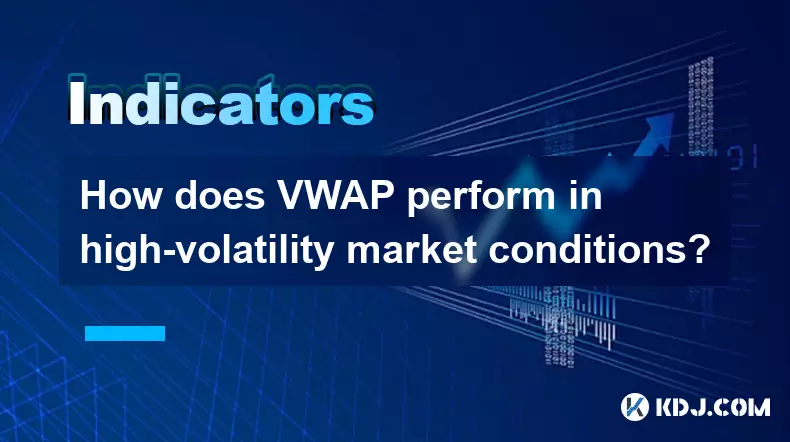
How does VWAP perform in high-volatility market conditions?
Oct 10,2025 at 08:00pm
Understanding VWAP in Turbulent Market Phases1. Volume-Weighted Average Price (VWAP) serves as a benchmark for institutional traders aiming to assess ...
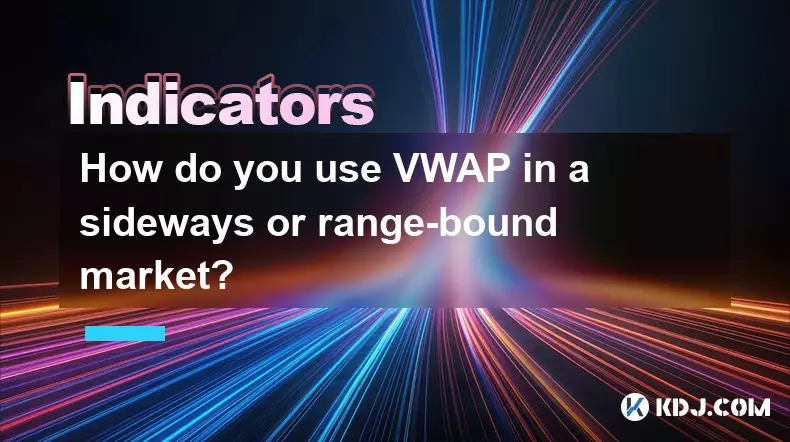
How do you use VWAP in a sideways or range-bound market?
Oct 10,2025 at 10:00am
Understanding VWAP in Range-Bound Conditions1. The Volume Weighted Average Price (VWAP) serves as a benchmark for intraday trading, combining both pri...

Is the VWAP a leading or a lagging indicator?
Oct 10,2025 at 09:37am
Understanding VWAP in the Context of Crypto Trading1. The Volume Weighted Average Price (VWAP) serves as a benchmark for traders analyzing intraday pr...
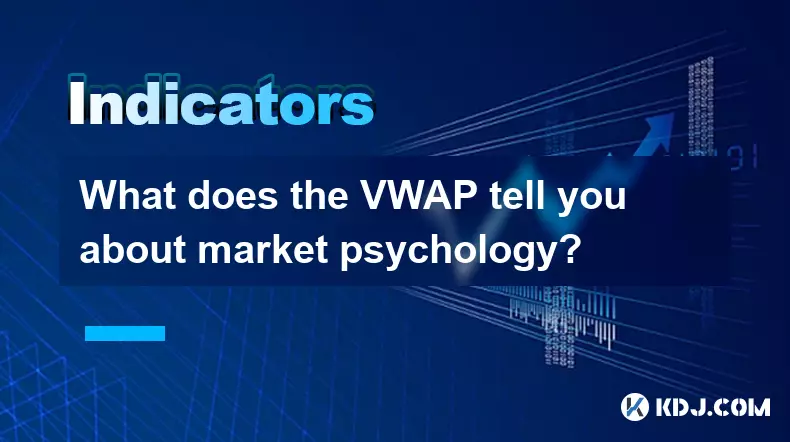
What does the VWAP tell you about market psychology?
Oct 10,2025 at 03:00pm
Understanding VWAP as a Reflection of Market Sentiment1. The Volume Weighted Average Price (VWAP) serves as a benchmark that reflects the average pric...
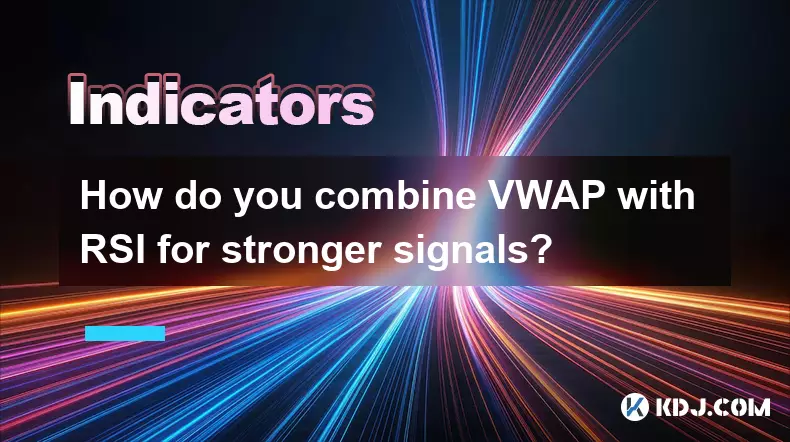
How do you combine VWAP with RSI for stronger signals?
Oct 10,2025 at 12:36pm
Understanding the Synergy Between VWAP and RSI1. The Volume Weighted Average Price (VWAP) serves as a benchmark for institutional traders, reflecting ...
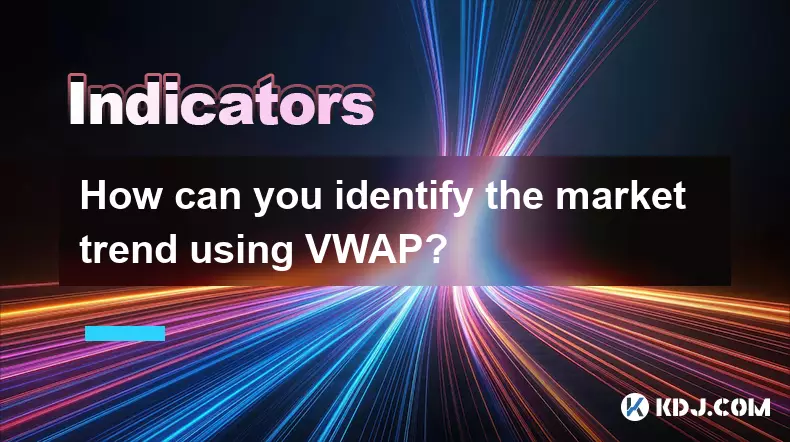
How can you identify the market trend using VWAP?
Oct 10,2025 at 01:00pm
Understanding VWAP and Its Role in Market Analysis1. The Volume Weighted Average Price (VWAP) is a trading benchmark that represents the average price...

How does VWAP perform in high-volatility market conditions?
Oct 10,2025 at 08:00pm
Understanding VWAP in Turbulent Market Phases1. Volume-Weighted Average Price (VWAP) serves as a benchmark for institutional traders aiming to assess ...

How do you use VWAP in a sideways or range-bound market?
Oct 10,2025 at 10:00am
Understanding VWAP in Range-Bound Conditions1. The Volume Weighted Average Price (VWAP) serves as a benchmark for intraday trading, combining both pri...

Is the VWAP a leading or a lagging indicator?
Oct 10,2025 at 09:37am
Understanding VWAP in the Context of Crypto Trading1. The Volume Weighted Average Price (VWAP) serves as a benchmark for traders analyzing intraday pr...

What does the VWAP tell you about market psychology?
Oct 10,2025 at 03:00pm
Understanding VWAP as a Reflection of Market Sentiment1. The Volume Weighted Average Price (VWAP) serves as a benchmark that reflects the average pric...

How do you combine VWAP with RSI for stronger signals?
Oct 10,2025 at 12:36pm
Understanding the Synergy Between VWAP and RSI1. The Volume Weighted Average Price (VWAP) serves as a benchmark for institutional traders, reflecting ...

How can you identify the market trend using VWAP?
Oct 10,2025 at 01:00pm
Understanding VWAP and Its Role in Market Analysis1. The Volume Weighted Average Price (VWAP) is a trading benchmark that represents the average price...
See all articles

























![Web3 Crypto Market Morning Report: Fomo on the Bnb chain continues, Binance launches the chain-sweeping platform Meme Rush, the market value of Xiuxian exceeds 40 million U.S. dollars, OK Binance business war begins [Vic TALK Issue 1437] Web3 Crypto Market Morning Report: Fomo on the Bnb chain continues, Binance launches the chain-sweeping platform Meme Rush, the market value of Xiuxian exceeds 40 million U.S. dollars, OK Binance business war begins [Vic TALK Issue 1437]](/uploads/2025/10/10/cryptocurrencies-news/videos/web-crypto-market-morning-report-fomo-bnb-chain-continues-binance-launches-chainsweeping-platform-meme-rush-market-xiuxian-exceeds-dollars-binance-business-war-vic-talk-issue/68e861c5dbd1c_image_500_375.webp)
















































